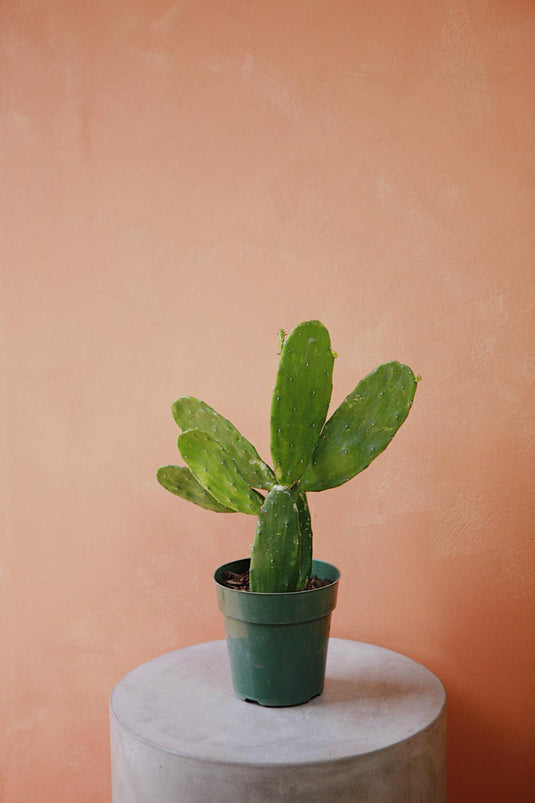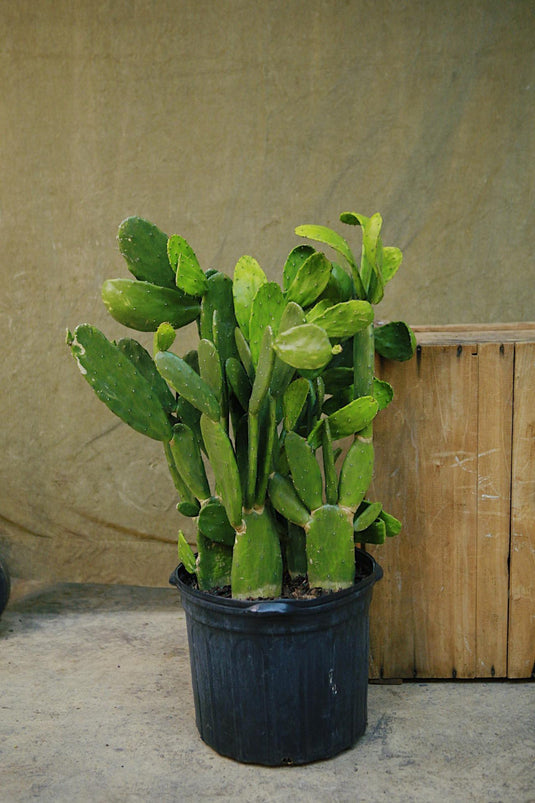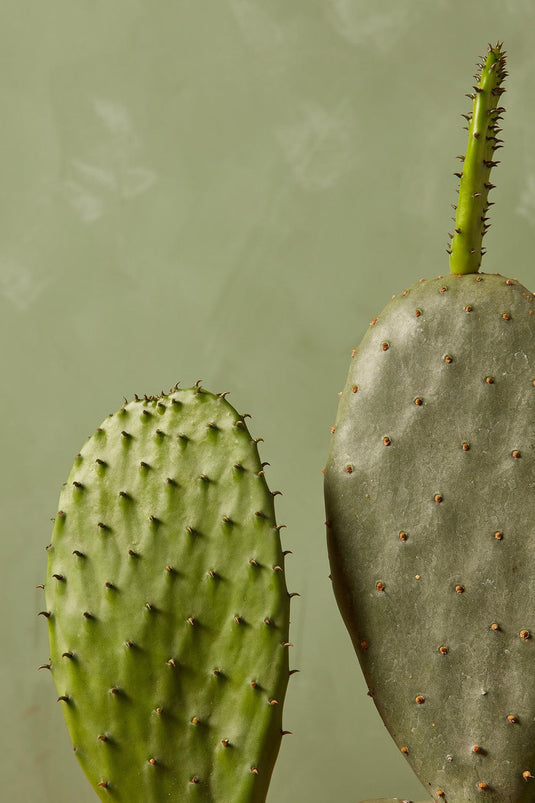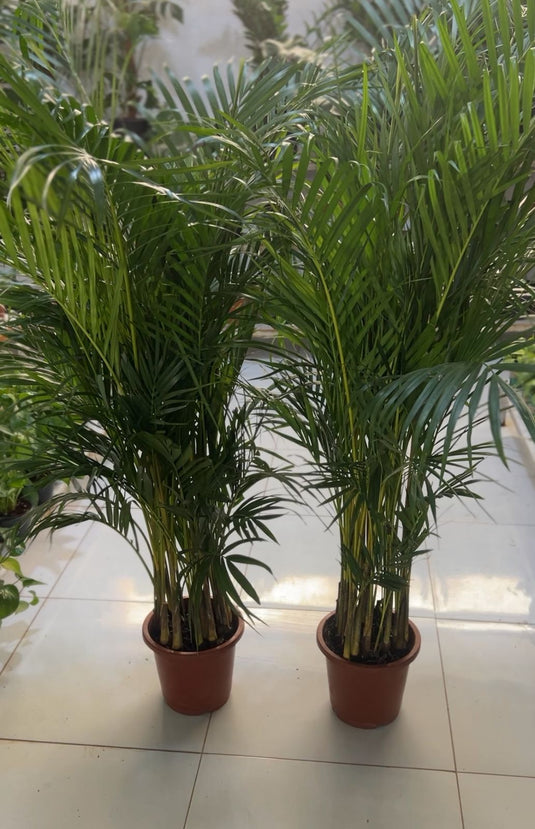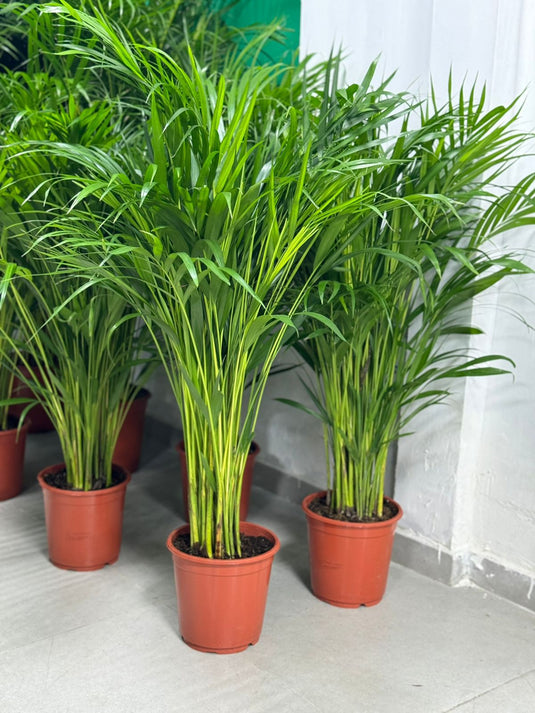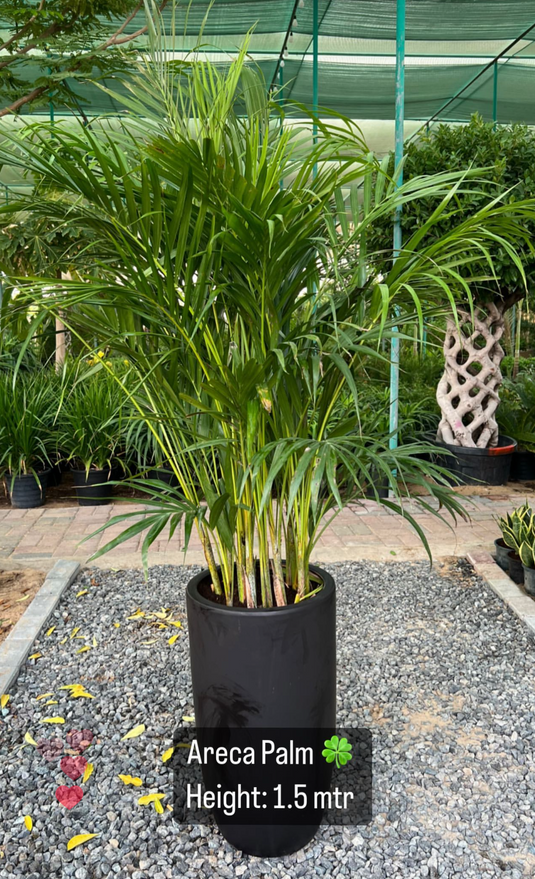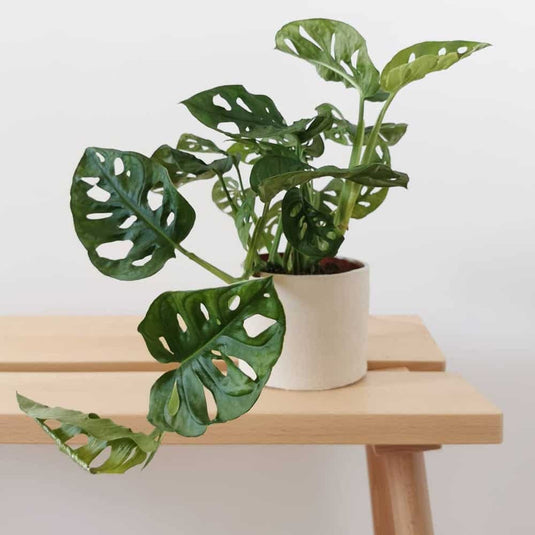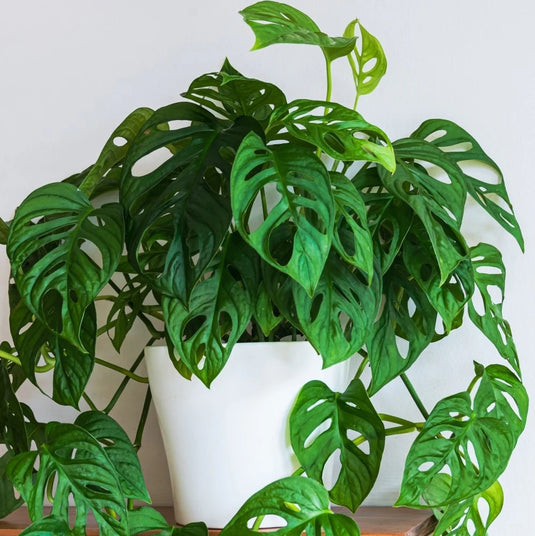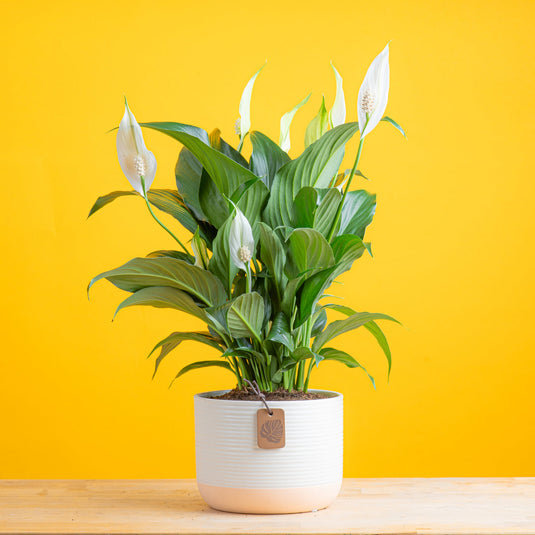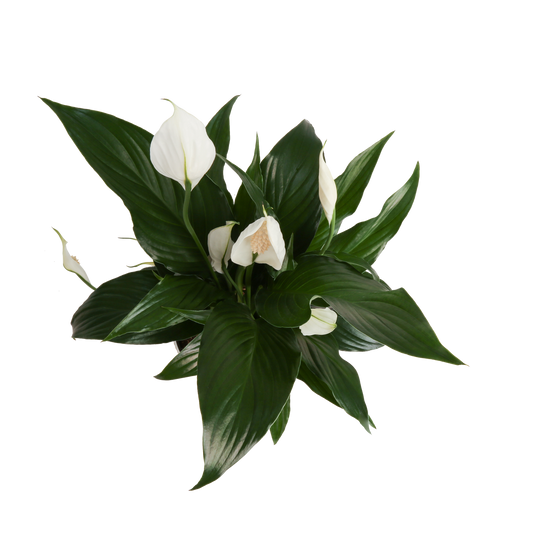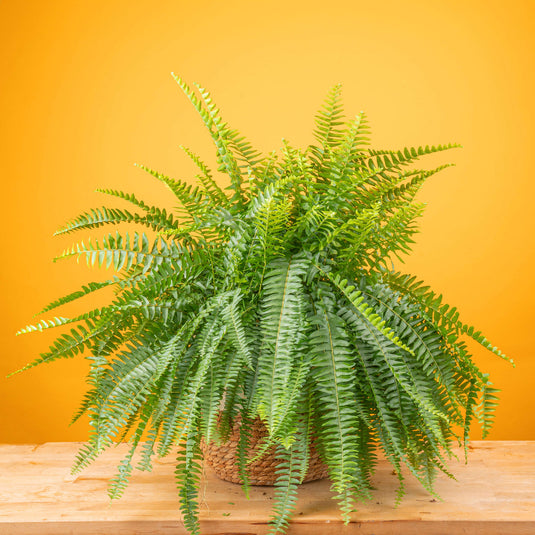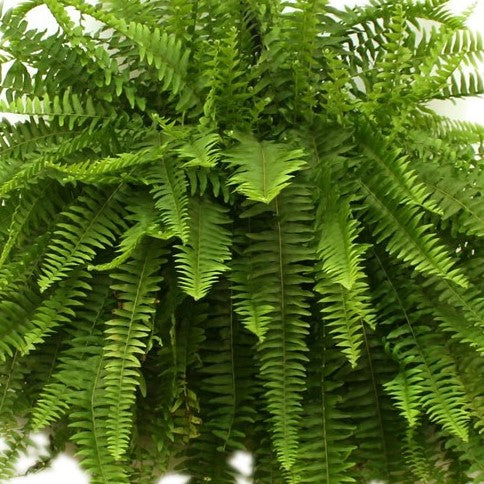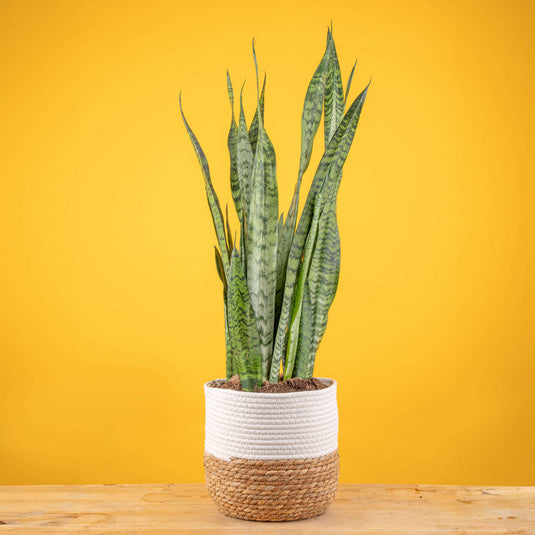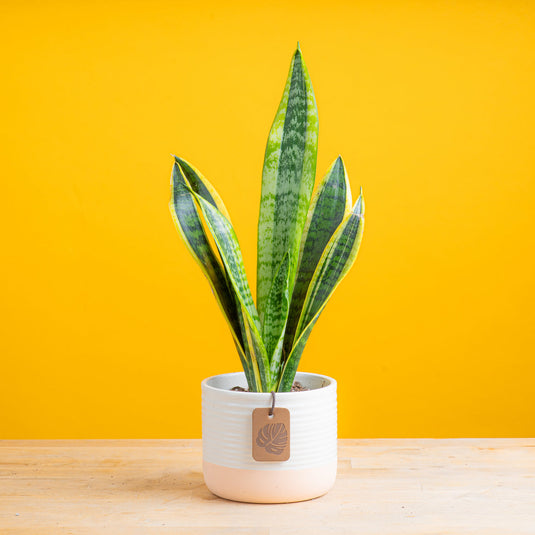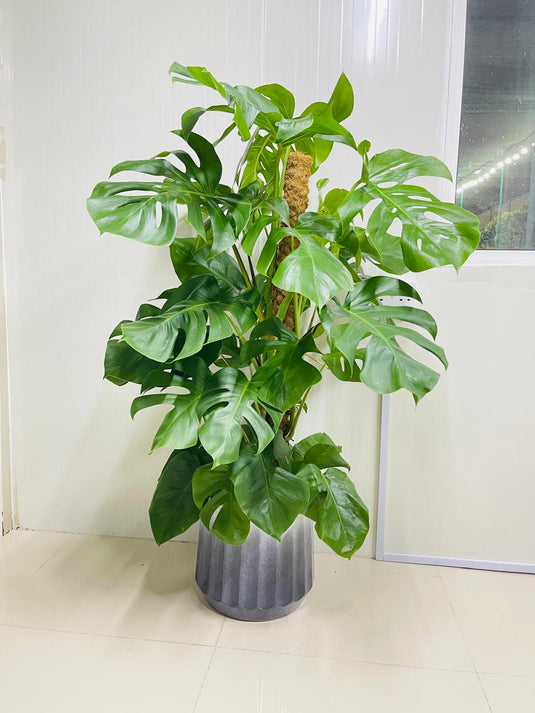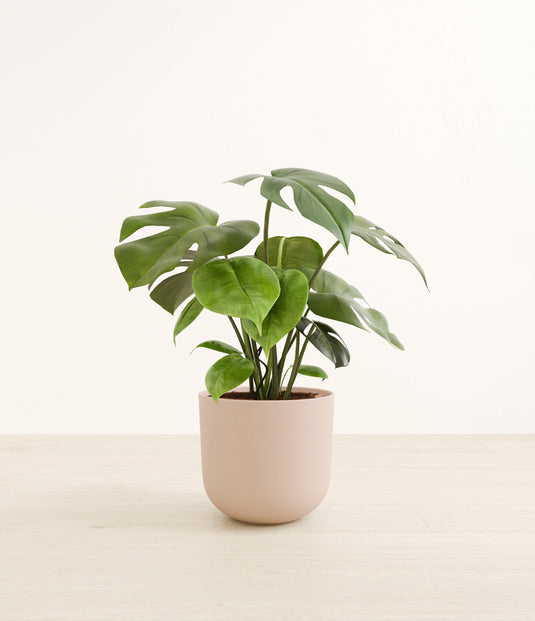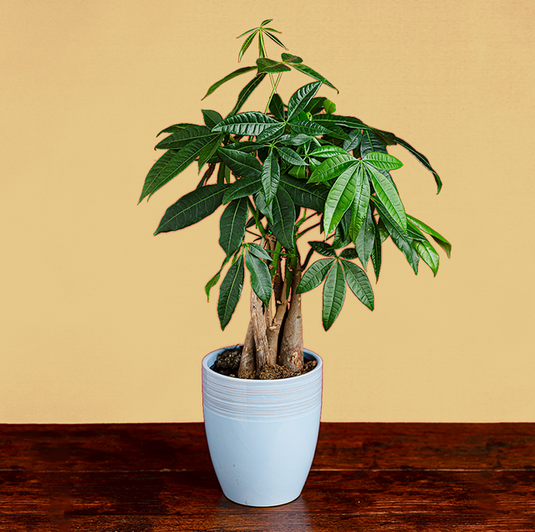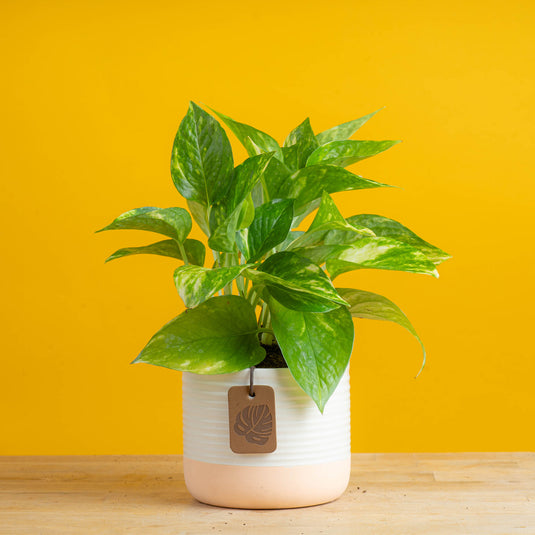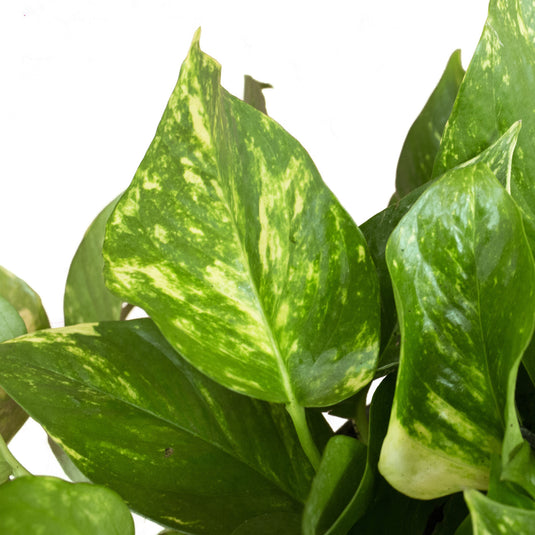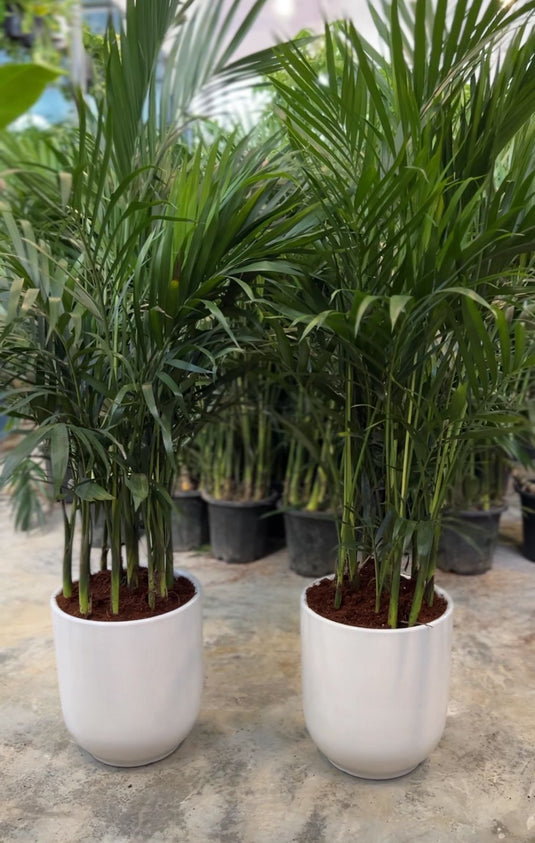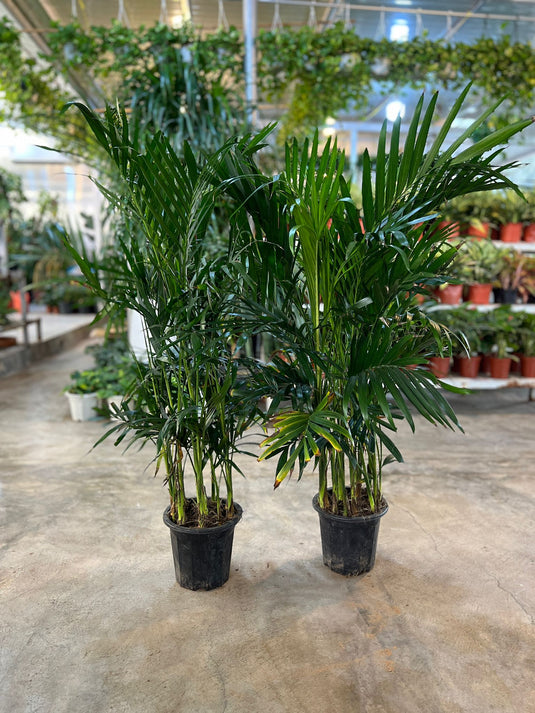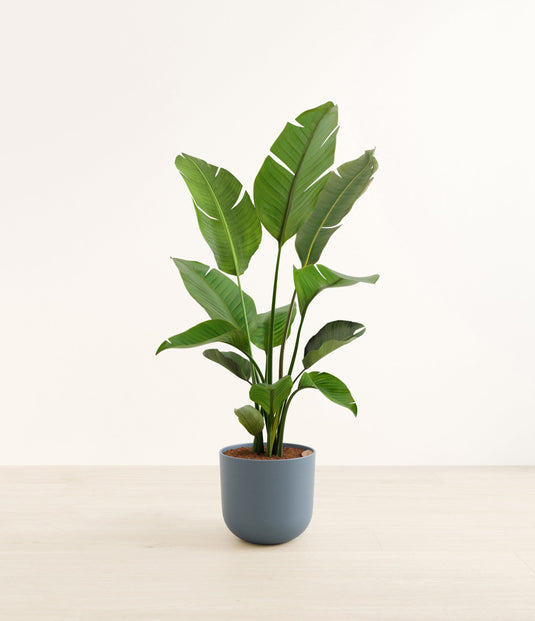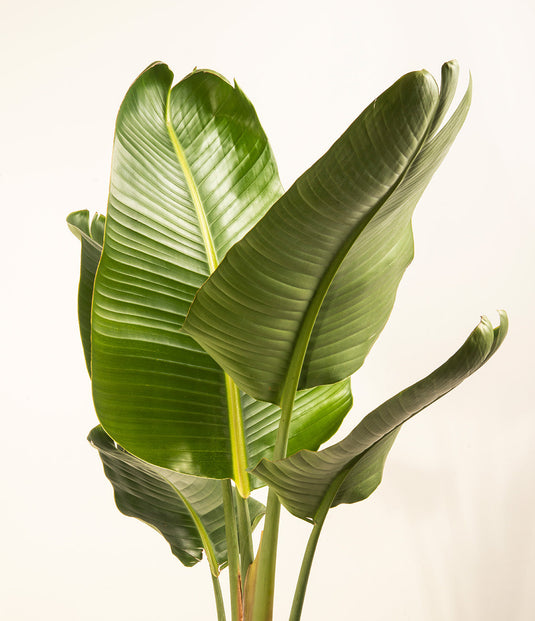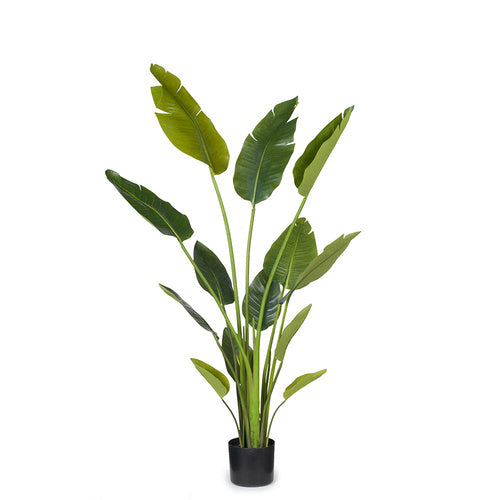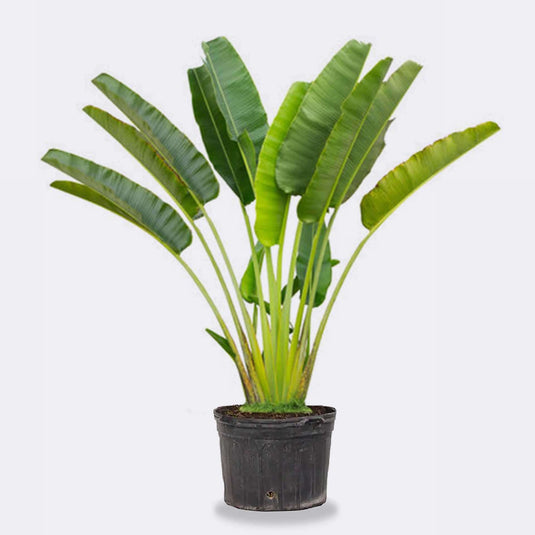Prickly Pears Cactus
- Healthy Arrival Guarantee
- Free Plant Care Consultation
- Safe & Secure Payment
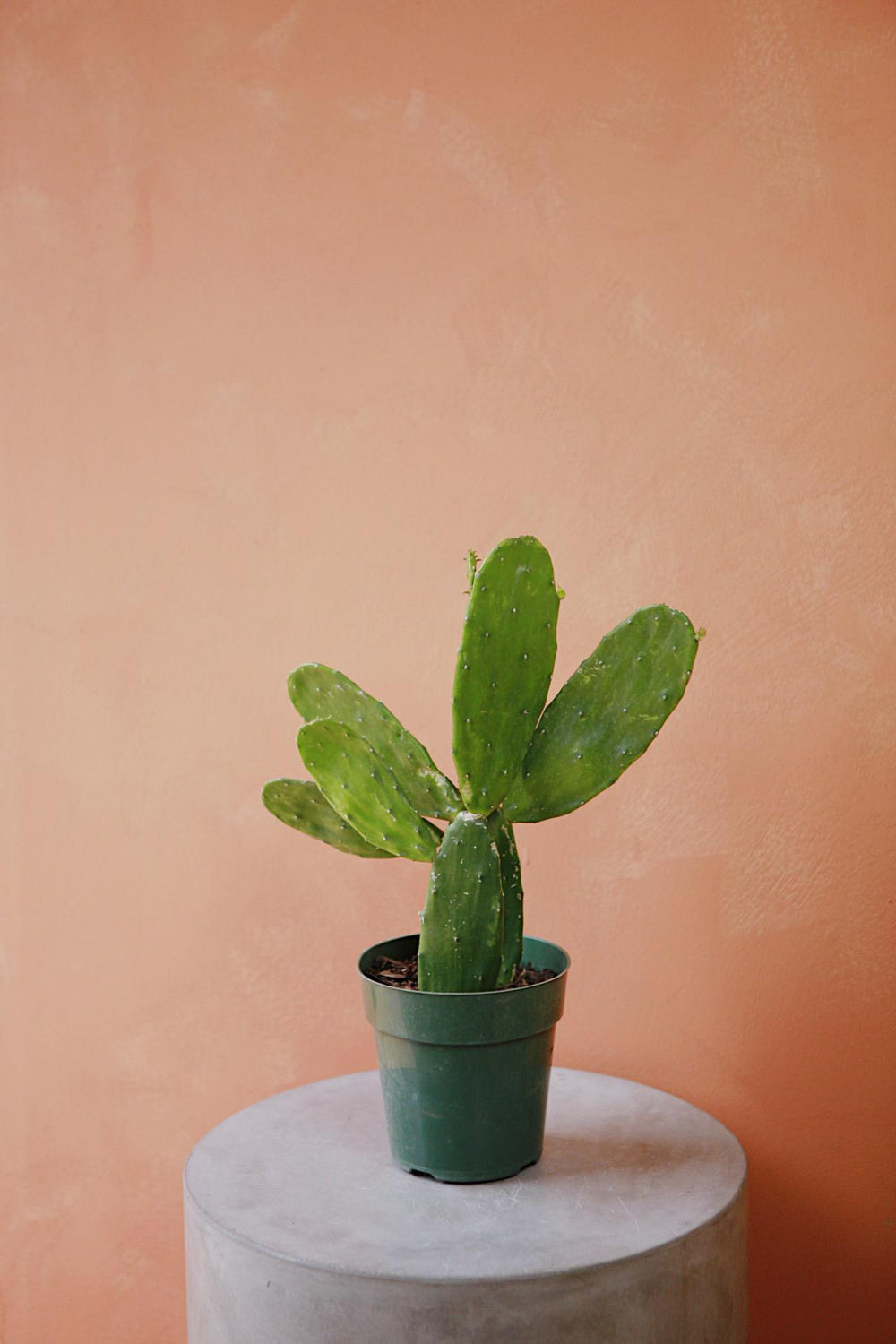
We will send you a notification as soon as this product is available again.
-
Estimated delivery: Dec 27 - Dec 31
-
Free return within 7 days of purchase.
Plant Description
Prickly Pears Cactus (Opuntia) is a succulent plant known for its flattened, paddle-shaped stems and vibrant flowers, producing edible fruits called prickly pears or nopales. The global cactus market, which includes Prickly Pears, is expected to reach $1.4 billion by 2030.
5 Surprising Benefits of Prickly Pears Cactus in Your Home
1. Nutritional Value
Prickly Pears are rich in vitamins C and E, fiber, and antioxidants. Studies indicate that consuming prickly pear can support overall health and well-being due to its nutrient-dense profile.
2. Blood Sugar Control
Research published in the Journal of Ethnopharmacology suggests that prickly pear cactus may help lower blood sugar levels, making it a beneficial addition to the diets of individuals with diabetes.
3. Digestive Health
The high fiber content in prickly pear cactus can promote healthy digestion. A study in the American Journal of Clinical Nutrition highlights its potential to alleviate constipation and improve gut health.
4. Weight Management
Studies indicate that the consumption of prickly pear may aid in weight management. Its fiber content helps increase satiety, reducing overall caloric intake, as discussed in the Journal of Nutrition.
5. Skin Health
Prickly pear extract is often used in skincare products due to its hydrating and antioxidant properties. Research supports its ability to soothe skin and reduce signs of aging.
Disadvantages
- Prickly Pears require specific growing conditions, including well-draining soil and ample sunlight.
- While edible, the spines on the cactus can pose a minor challenge during harvesting, requiring careful handling.
- Prickly Pears may experience dormancy during colder months, requiring a change in care routine.
- Fresh prickly pears have a relatively short shelf life, necessitating prompt consumption after harvesting.
- Some individuals may experience allergic reactions to prickly pears, which requires cautious introduction into the diet.
Frequently Asked Questions
1. Is Prickly Pear Cactus nutritious?
Yes, prickly pear cactus is rich in vitamins, fiber, and antioxidants, contributing to overall health.
2. Can prickly pear help control blood sugar?
Yes, studies indicate that prickly pear may help lower blood sugar levels, making it beneficial for diabetes management.
3. Is prickly pear safe to eat?
Yes, prickly pear is safe to eat when properly prepared and harvested, with many culinary uses.
4. Does prickly pear support digestive health?
Yes, its high fiber content can promote healthy digestion and alleviate constipation.
5. Is prickly pear good for skin health?
Yes, prickly pear extract is used in skincare products for its hydrating and antioxidant properties.
Final Verdict: Should I Buy Prickly Pears Cactus?
Yes, its resilience and versatility also enhance its appeal for both culinary and ornamental purposes.
Plant Care
Watering
Water your plant once a week or when the soil starts to feel slightly dry on the surface. Keep the soil consistently moist, but be careful not to overwater, as this can cause brown spots and leaf drop. If the leaves become curly or dry, it's a sign that the plant needs water. It's best to water your plant in the early morning or late evening when the temperatures are cooler. Always check the soil before watering.
Light
Provide bright indoor light or indirect sunlight for about 6 to 8 hours a day.
Temperature
Maintain temperatures between 18°C and 24°C. Avoid exposing the plant to drafts, as these can cause undesirable temperature fluctuations. Mist the plant occasionally, about twice a week, to help maintain optimal humidity levels.
Fertilizer
Apply liquid fertiliser every 15 days when the plant is actively growing. For best results, use Folikraft ready-to-use Indoor Plant Food.


